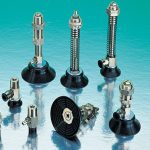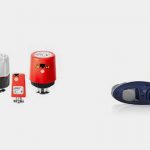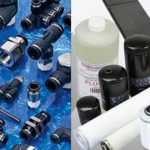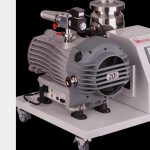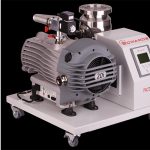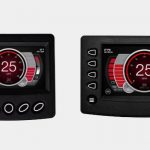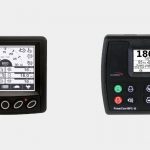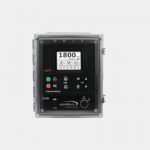Most manufacturing plants that use compressed air or that have the need to pump pressurized liquids use quick-connect couplings. Although not a major maintenance cost, the effects of improper coupling selection may cause unexpected problems in terms of productivity losses, leakage , blow off and safety.
The good news is that correctly choosing and determining how to best select these low cost, ubiquitous devices is fairly straight forward. Begin with the flow size required ( eg 1/16” flow to ½” flow) and the pressure requirement of your system. Then select the proper coupling material.(eg. Acetal, Polypropylene, Chrome Brass, ABS, Polysulfone.) This selection will depend on the medium that is flowing through the coupling and the chemical compatibility. Do you require internal shut-off valves or no leak couplings? And finally what end terminations do you need( eg. Pipe Thread, Hose Barb, Ferruless Polytube fitting- PTF or Push In). You will need to select end terminations for both the plug and socket.
Other considerations when selecting a quick –connect coupling is to select a design that has an audible “ click” to ensure a secure connection. Intuitive thumb-latch design with one hand disconnect makes for an easier operation. The ability of the quick-connect coupler to rotate while connected and pressurized is an added bonus.
Make sure you go with a brand that offers leak-free O-Ring design.
Sometimes off the shelf quick- connect couplings are not what your system needs. Custom solutions are the answer to meet your unique application.
Quick- Connect couplings are used across many industries: Medical ( Surgical,Compression Cold Therapy, Wound Care, In Vitro Diagnostics), Industrial ( Cleaning Equipment, Chemical Handling, Packaging & Dispensing, Transportation), Food and Beverage ( Brewing, Drink Dispensing, Food Dispensing, Potable Water), Ink applications ( DTG printers, Sign and Graphics), Consume products ( Home Beds and Hydration).











